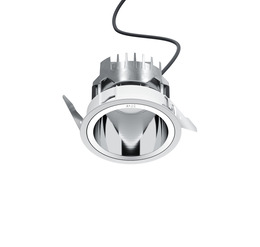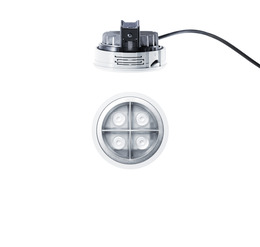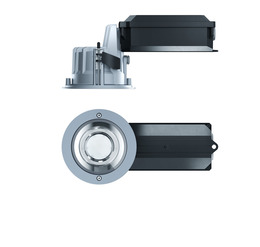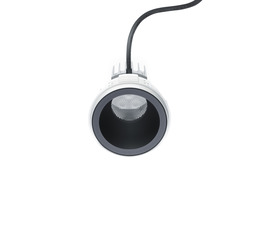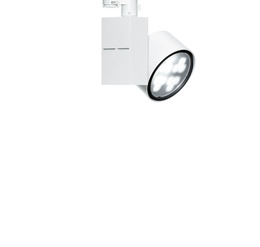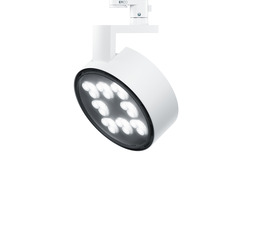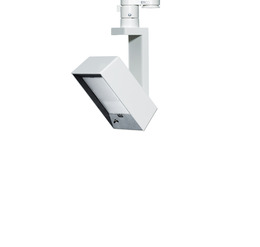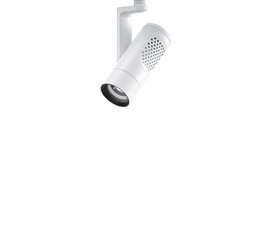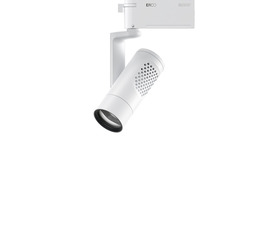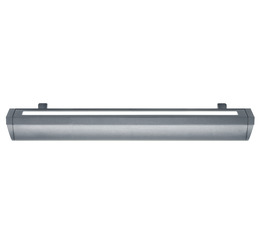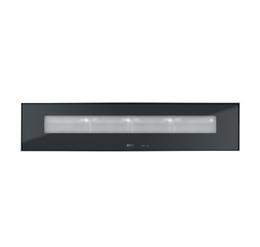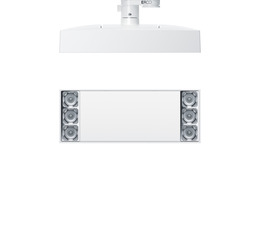Illuminated walls significantly contribute to the impact that light has in architectural spaces. In museums and shops, vertical light displays and showcases art and products. Wallwashing helps people find their bearings, enlarges rooms and enhances surfaces, for example with use of grazing light. Because different situations have their own specific requirements, ERCO has developed a set of nuanced LED lighting tools to provide the best possible solution for each and every task.









